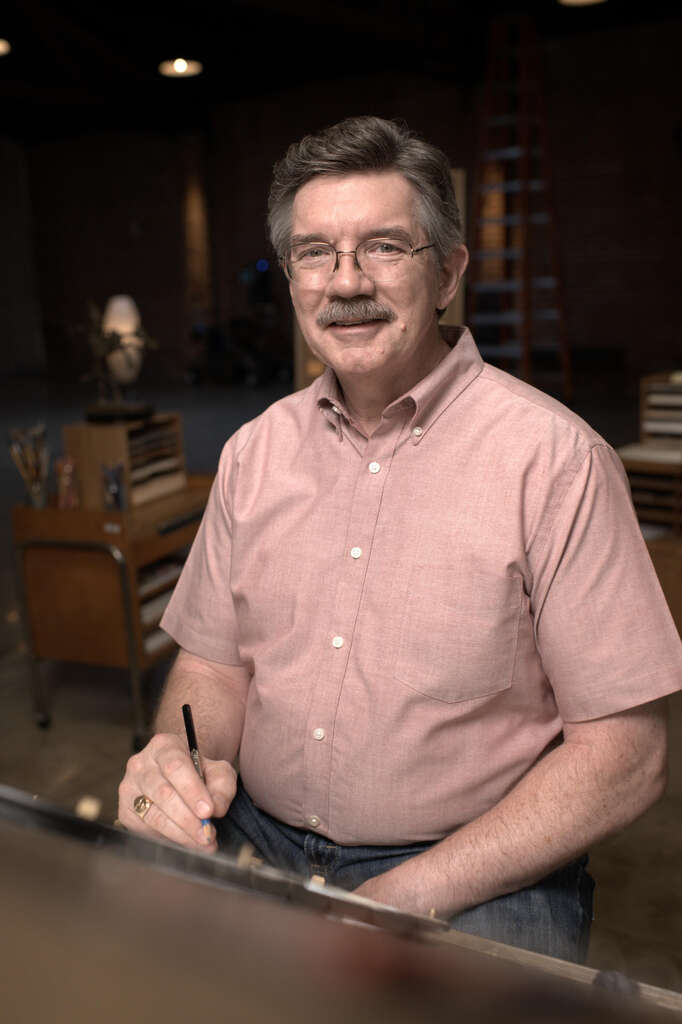
Mark Henn has been working for Walt Disney Animation Studios ever since 1980. He quickly made a name for himself as one of the studio’s best animators that decade, but even far beyond the 2000s when hand-drawn animation started becoming less common he has stayed busy working on Disney films. Something he continues to do to this day long after peers like Glen Keane, Andreas Deja, James Baxter and Ruben Aquino left. Although he is more than just an animator now. He’s more like Disney’s resident animation consultant who occasionally animates on the side.
Mark Henn’s fascination with animation began when he was a kid after watching Disney’s 1941 mockumentary The Reluctant Dragon, especially when he saw the scene when Ward Kimball flips those pages and brings Goofy to life. That revelatory moment about the magic that brings animated films to life left such an impression on Henn that his passion for the medium was forever cemented.
Henn, a native of Dayton, went to college in Ohio, although like many young animators he wished to study at CalArts. But California was so far away that it seemed like the kind of thing that would never happen, until he realized that studying at CalArts would likely benefit his art training more than anything at Ohio’s universities. This was enough to motivate him to make the journey west, where he got accepted into CalArts in 1978, alongside such classmates as Joe Ranft, John Lasseter and Mark Dindal.
After studying at CalArts for two years, Henn was hired by Disney at the age of 22 as one of the last people to be trained by animation veteran Eric Larson. During this period Mark Henn was assigned to be an assistant and inbetweener on The Fox and the Hound (1981) working in Glen Keane’s unit where he worked with Keane on the bear fight sequence. Henn’s drawing was so good that Glen Keane praised him, and within a year Mark Henn was promoted to full-time animator, his first assignment being animating Mickey Mouse in Mickey’s Christmas Carol (1983). Thankfully the young animator was able to imbue Mickey with the emotion and empathy that the story called for, and Henn even became one of the go-to Mickey animators from that point forward, not just in films but in theme park shows like Walt Disney World’s Celebrate the Magic at Magic Kingdom and Disney California Adventure’s World of Color.


After animating Gurgi in The Black Cauldron (1985), Mark Henn became a supervising animator for the first time on The Great Mouse Detective (1986) for which he handled the main characters Basil and Dawson, followed by Oliver & Company (1988), animating the main characters in that movie as well. These movies contained the largest amounts of animation Henn had ever created, and this was when Henn got his reputation as one of Disney’s fastest animators, and the quality of his work never suffered for it, so he was a hard worker and a reliable worker.
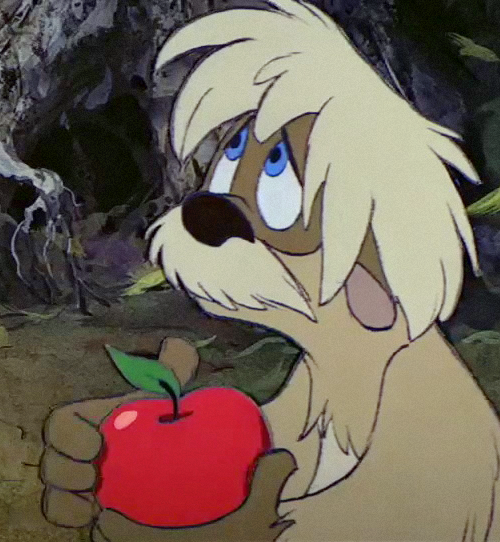


With The Little Mermaid (1989), a film Disney spent more money on than any other film that decade, the production at Walt Disney Feature Animation in Glendale was shared with a new animation division near Orlando known as Walt Disney Feature Animation Florida, which was not only a working animation facility with 40 employees but it doubled as an attraction at Walt Disney World’s Disney-MGM Studios, which opened the same year. Walt Disney Studios chairman Jeffrey Katzenberg originally intended for the Florida studio to be Disney Animation’s featurette and short film division while the studio in California would continue handling feature films, and the Florida studio’s first assignment was in fact the Roger Rabbit short Roller Coaster Rabbit, which was released alongside Dick Tracy in 1990, but it essentially evolved into a second feature film unit.

California and Florida’s first co-production was The Little Mermaid, for which Florida handled that film’s ink and paint. Mark Henn was initially against the idea of opening another animation division, but he later changed his tune by deciding to join the Florida studio to make sure it was up to the standard of the Glendale studio’s quality, and it was here where Henn would primarily work throughout the nineties. Henn would share the work supervising the animation of Ariel with Glen Keane, animating such moments as her introductory scene with Flounder in the sunken ship and some Ariel and Eric scenes.

Henn once again animated Mickey in The Prince and the Pauper (1990) and he would supervise Bernard and Bianca in The Rescuers Down Under (1990), but he would do some of his best work in Beauty and the Beast (1991) as one of the supervising animators of Belle along with James Baxter. In fact Henn would end up animating more pivotal scenes of Belle than James Baxter did, including the moment when she first meets the Beast, the moment when she enters the West Wing, the moment when she tends to the Beast’s wounds after the wolf attack, the “Something There” song sequence and the important scene where Belle reacts to the Beast’s death which might be the most impressive character animation Henn accomplished up to that point.
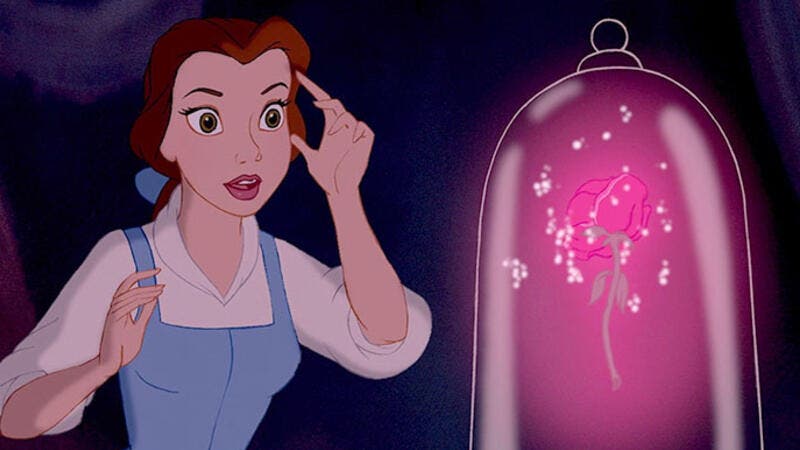

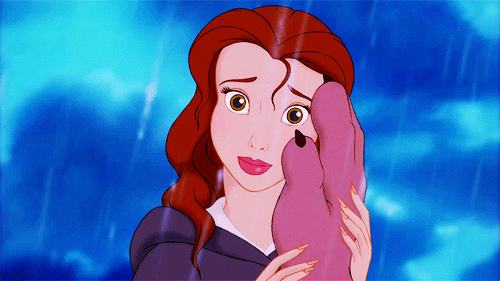
Mark Henn was also the supervising animator of Jasmine in Aladdin (1992) and the animator with the reputation for being fast and being a work horse would be responsible for animating nearly all of Jasmine’s biggest scenes in the movie, including the “A Whole New World” sequence for which Henn animated both Jasmine and Aladdin.
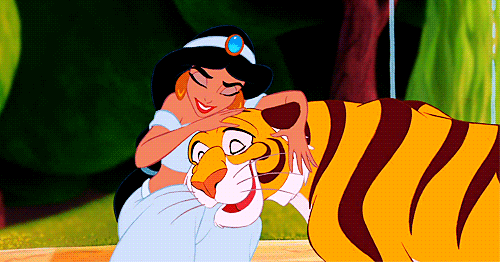

For The Lion King (1994) Mark Henn wanted to avoid being typecast and initially campaigned to animate Scar because he never supervised a villain before, but he was tasked with animating young Simba instead because Henn’s animation experience was seen as essential for the film’s main character. In the end, the lion cub would be the perfect character for Henn, who always knew how to bring characters to life through emotion in the most subtle but meaningful ways. Henn had already animated Mickey crying over Tiny Tim’s death and Belle crying over the Beast’s death but his animation of a child slowly realizing his father has died is the most devastating scene of them all, and extra challenging when they are lions rather than humans, and yet Henn makes it one of the saddest moments in film history.
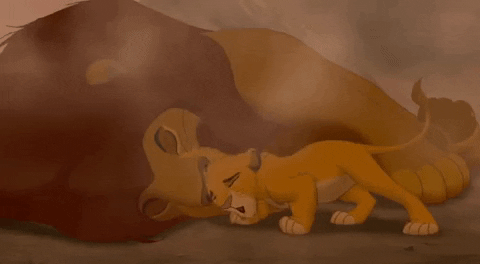
Next Mark Henn would work once again with Glen Keane on the animation of the title character in Pocahontas (1995) and he would do memorable work supervising the animation of both Fa Mulan and her father Fa Zhou in Mulan (1998), while the Florida studio would turn out work that was just as great as what they were doing in California that decade, including the “Be Our Guest” number in Beauty and the Beast and the “I Just Can’t Wait to Be King” number in The Lion King. Mulan was even the first Disney feature to be made primarily at the Florida studio, and seeing as how Henn supervised the animation of two main characters in that film, it would end up being the feature film with the most Mark Henn animation in Disney history. The Florida division would also be the primary animation studio behind Mark Henn’s directorial debut John Henry (2000), a 10-minute short that Henn animated along with Barry Temple and Theodore Ty, as well as the primary animation studio behind Lilo & Stitch and Brother Bear, before the division closed permanently in 2004.
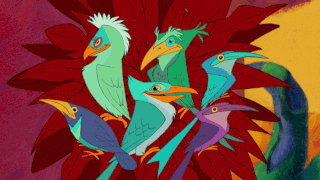
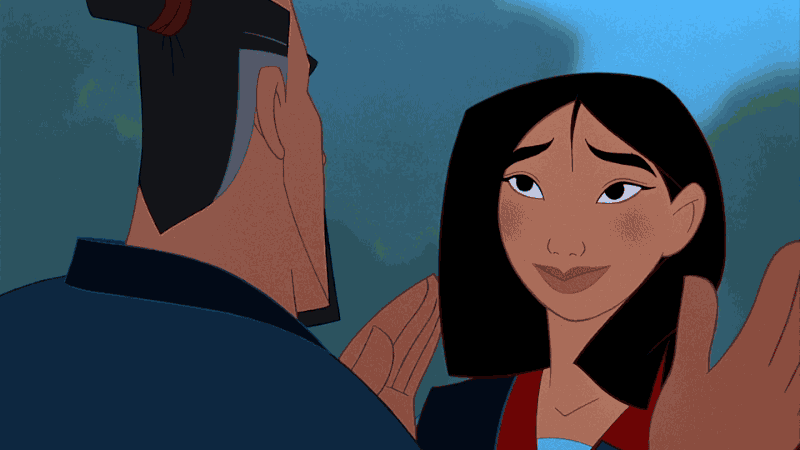

After being the lead hula dancer animator on Lilo & Stitch (2002) and supervising Grace the Jennifer Tilly-voiced cow in Home on the Range (2004), Mark Henn tried to adapt to the new CG technology that Disney was forcing all their traditional animators to learn how to use if they wanted to stay at the studio, with his first CG credit going to Meet the Robinsons (2007), but he did continue working in hand-drawn animation for short films like How to Hook up Your Home Theater (2007) and occasionally in live-action films with 2D sequences like Enchanted (2007), and at least he got to go out with a bigger splash than Home on the Range when Disney greenlit one more 2D princess feature and one more 2D Winnie the Pooh feature. For The Princess and the Frog (2009) Mark Henn supervised the animation of Tiana (as both a human and a frog) and for Winnie the Pooh (2011) he animated both Pooh and Christopher Robin, bringing his signature warmth and subtlety to both.
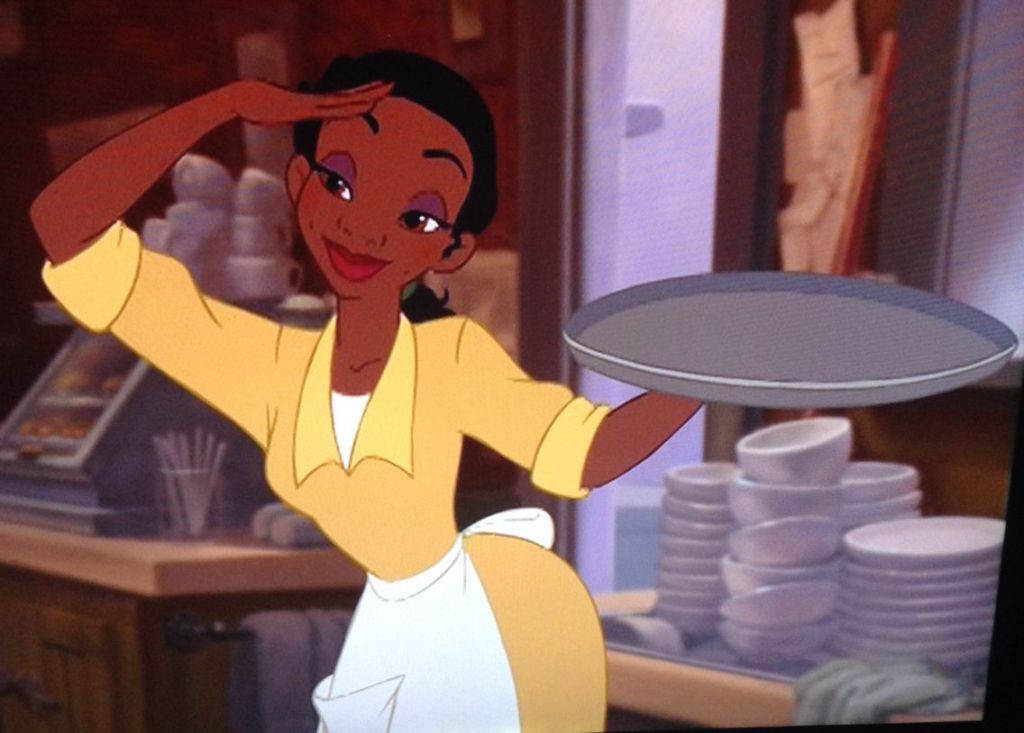

Ever since then he has worked at Walt Disney Studios in a variety of ways. Particularly whenever 2D animation is needed during the production of a film, which led to his credit as Lead 2D Animator for the movies Frozen (2013) and Big Hero 6 (2014), with Henn also receiving animation credit for Zootopia (2016), Moana (2016), Ralph Breaks the Internet (2018), Encanto (2021), Strange World (2022) and the Disney+ series Zootopia+ (2022). Although he does still get to go back to his roots and animate actual characters by hand for films like Once Upon a Studio (2023) and he and veteran 2D animators like Eric Goldberg and Randy Haycock have lately always been there whenever hand-drawn animation is needed. But while animating by hand is still Mark Henn’s primary method, that doesn’t mean he is opposed to CGI. He even continues to guide young Disney animators and gives them advice on how to bring their scenes to life, and when a guy who’s been working at Disney since 1980 gives you advice, that can be valuable whether you are working with a pencil, a mouse or a mold.
